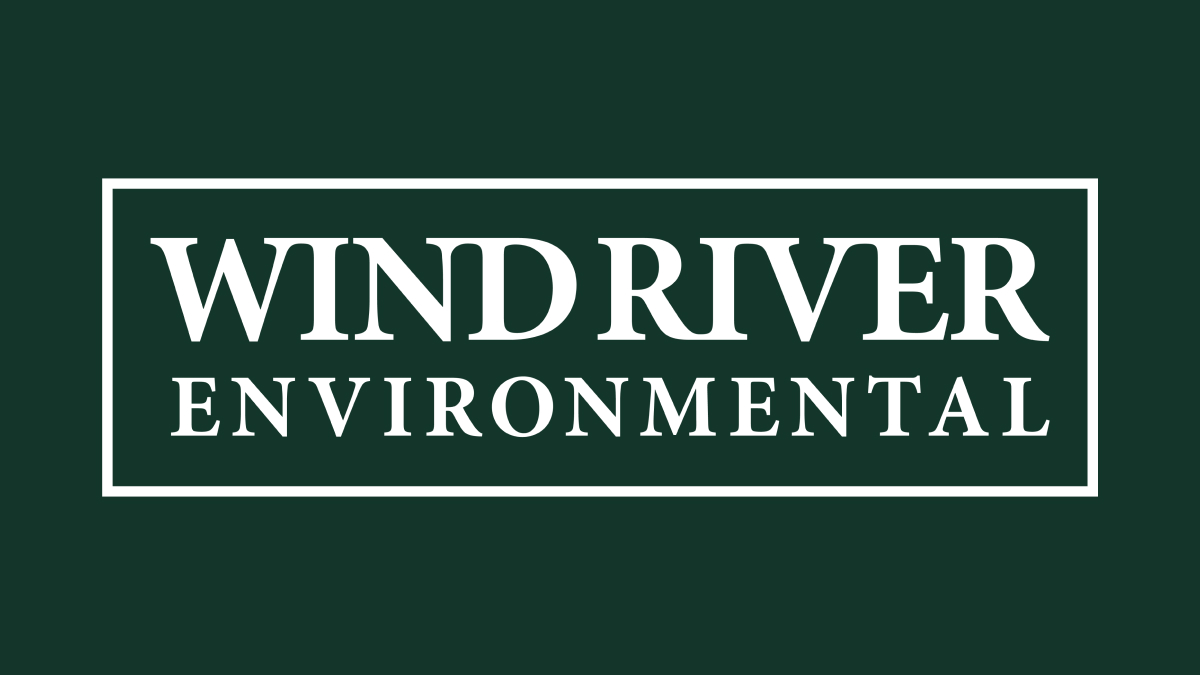What is a Lift Station?
A lift station is a pumping station that moves wastewater from a lower elevation to a higher elevation. The benefit of using a lift station in a sewage collection system is that it saves a substantial amount of money in excavation costs, which involves digging for sewer pipes. Sewer pipes live underground and digging trenches is costly. Installing a wastewater lift station at certain points in a gravity pipeline system saves on front-end construction costs without sacrificing efficiency or functionality. They play an integral role in moving sewage to a wastewater treatment plant.
How does a lift station work?
A lift station is an integral part of an effective sewage collection system. Raw sewage makes it's journey underground in sloped pipelines that take advantage of gravity to keep costs down. This type of pipe system is commonly referred to as gravity pipeline. In some situations it's necessary for wastewater to enter the pipe system from a lower excavation. In order for the raw sewage to continue the journey towards a wastewater treatment plant, it needs to be efficiently transported to a higher elevation. This can't happen naturally for obvious reasons -- it would defy the laws of gravity and physics. Fortunately, we have the wastewater lift station to help.
Eventually, the raw sewage reaches a storage container referred to as a wet well, which is essentially a holding cell that empties out once it reaches a predetermined level. While in the wet well, the wastewater is tested and carefully monitored in order to detect sewage levels. Coarse (solid) materials are removed at this stage. Once the wet well is full, a lift station pump will "lift" the sewage upwards using a pressurized sewer force main. A sewer force main is a system that consists of pumps and compressors. It's purpose is the elevate the wastewater to a higher elevation so that it can continue its inevitable journey towards treatment and re-circulation.
Types of Lift Stations :
There are two types of lift stations that your municipality, commercial business, or residential residency may use, they are :
Dry Well
In dry well lift stations, the system is housed in a separate location (usually underground or in a separate chamber). Due to this physical separation, maintenance on a dry well is more hazardous and poses increased safety risks.
Submersible Pump (Wet Well)
Submersible pumps, as the name suggests, are submerged in the wastewater they pump. It is mounted inside the wet well and uses a motor to pump the wastewater. This method is more modern due to the reduced health and safety concerns they offer.
Lift Station Components
Functional lift station pumps consists of multiple working parts and components. Everything from a power supply to remote monitoring and control must be in working order so that wastewater can be effectively collected and treated. Every aspect of the lift station pump needs to be contained and installed in an enclosed structure. Systems can be pre-designed or customized to accommodate the specific needs of the responsible municipality.
Lift Station components include :
Receiving well (wet well)
Screen or grinding to remove coarse materials
Pumps and compressors
Associated valves
Electric motors
Power supply system
Equipment control and lift station alarm system
Odor control and ventilation system
Wastewater Lift Station Standards
In order to be most effective, a well-designed lift station needs to accommodate certain qualities. Lift station pumps need to adhere to the following quality standards :
Matching pump capacity with the quantity and the quality of wastewater being treated
Operate reliably and without interruption
Offer streamlined maintenance and operation
Not restrict future capacity and expansion needs
Avoid excessive release of odors
Have minimal environmental impact on the surrounding area
Avoid overflow and flooding
Lift Station Maintenance
Sewage is a hazardous material and needs to be handled and treated as such. It is important that wastewater operators are keenly aware that lift stations require routine maintenance. Keeping a maintenance record is not only a best practice, but it's also often a legal requirement. It's important for lift station alarms to be tested so the proper parties can be immediately notified in the event of any operational issues or equipment malfunctions.
Our lift station maintenance services include :
Clearing of debris
Inflow/infiltration assessment
Testing of check valves and pressure gauges
Float rising
General cleaning
Testing system cycling
Reading accuracy checks
Here at Wind River Environmental we are here for all your commercial businesses, municipalities, and HOA clients' lift station needs from repair and cleaning, to routine maintenance.

.2412111706439.png)



